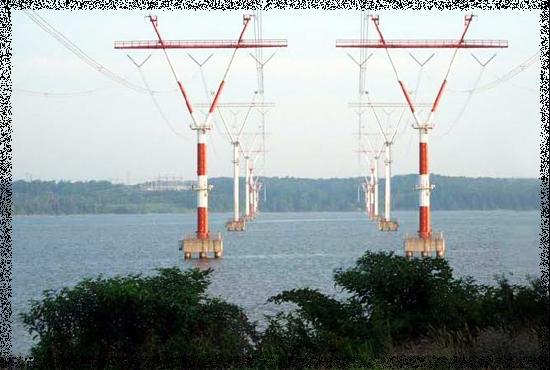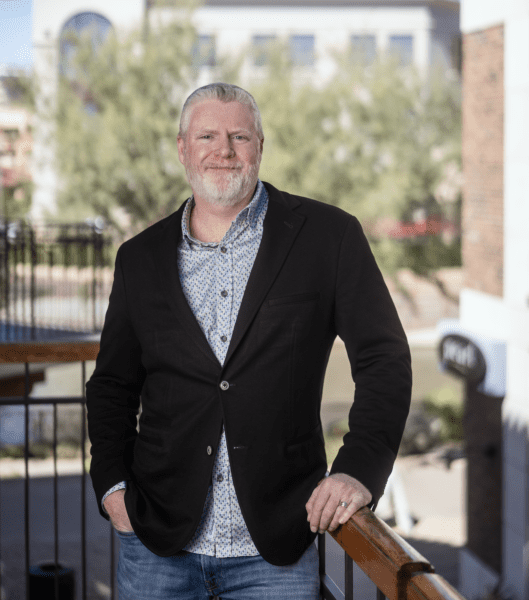
Inexpensive shale gas adds to power grid’s upheaval as 2 projects are shelved
Peter Behr
E&E Publishing
A decision yesterday to shelve $2 billion high-voltage transmission projects in the mid-Atlantic region, while expected, demonstrates the far-reaching impact of cheap shale gas and slow economic growth on the nation’s power grid, industry and government officials said yesterday.
The staff of the PJM Interconnection, the mid-Atlantic grid operator, recommended yesterday that the two proposed projects — the Potomac-Appalachian Transmission Highline (PATH) and the Mid-Atlantic Power Pathway (MAPP) — be stricken from PJM’s regional transmission expansion program. The projects have been in abeyance since last year. Later this month, PJM’s board is expected to concur with the staff that the two lines are no longer needed.
Steve Herling, PJM vice president for planning, said the lines were not required to meet future power needs in part because of five new gas-fired power plants that have been announced and are scheduled to go online by mid-2015 in Maryland, Delaware and New Jersey. Other factors were the slower-moving economy and increased demand-response commitments by providers that curtail electricity when called on by PJM, Herling said.
The 4,900 megawatts of new generation, and 14,833 MW of demand response pledged for mid-2015 to mid-2016, plus slower growth in demand, more than offset the 16,000 MW of older plants — mostly coal — that PJM expects to retire by 2015 because of environmental regulations and cheap gas, the organization said.
“As a result of all of those factors, we now have done a significant body of analysis,” Herling said. “There is no longer a need for either of the two lines within our 15-year planning horizon.”
“We’re disappointed but not surprised by the recommendation,” said Pat Hemlepp, director of media relations for American Electric Power Co. Inc., one of the PATH developers. He added, “we have put a lot of work into the project, but the importance of PATH had declined in recent periods because of the weak economy and other related issues. We’ll turn our focus to our transmssion projects with partners in other areas of the country.”
Representatives of environmental and citizens groups that have fought the power line projects for years, disputing the need for them, claimed vindication yesterday.
“This shows the importance of putting scrutiny and pressure on the business-as-usual assumptions, and the straight-line projections” of power companies, said Chris Miller, president of the Piedmont Conservation Council. “Most of our suggestions of how it could be done better have turned out to be more accurate” than the utility companies’ transmission proposals, he added.
“Our mission is finally accomplished after five years,” said Keryn Newman, a Shepherdstown, W.Va., resident who is part of a group opposed to the PATH project.
‘A number of factors’
The $1.3 billion MAPP project was to be a 152-mile combination of alternating- and direct-current lines running from Possum Point, Va., through southern Maryland, beneath the Chesapeake Bay and across Delaware. Its primary backers were Pepco Holdings Inc., Baltimore Gas & Electric Co. and Delmarva Power & Light.
AEP, and Allegheny Energy (now part of FirstEnergy) proposed to build the $1.8 billion, 765-kilovolt, 275-mile PATH transmission project from Putnam County, W.Va., to Frederick County, Md.
Instead, the projects now stand as symbols of the upheaval in the grid within the past decade.
“A number of factors have contributed to the dramatic changes since 2007,” said Patrick Bean, an energy policy adviser with the American Clean Skies Foundation. “Natural gas is affordable, so gas units operate more, and coal units less. There have been huge gains in energy efficiency, renewable power and demand response.
“PJM is a kind of ground zero for all of these issues,” said Bean, whose foundation is funded primarily by shale gas and oil developer Chesapeake Energy Corp. to lobby for increased natural gas generation. U.S. EPA’s new coal plant regulations, if unchanged, are interacting with low gas prices to push old coal plants to the brink of retirement, further clouding the grid’s fuure.
Herling said that four years ago, PJM could not have anticipated the shale gas boom. It could not have relied on the possibility of slower economic growth or a surge in demand-response offers when it initially approved the power lines.
“Honestly, the challenge with anticipating future market behaviors is that until we have a commitment to perform, it would be very difficult for us to have our future reliability depend on the possibility of the market stepping up” with enough demand response and generation, Herling said.
Miller said the power-line opponents deserve credit for challenging the growth assumptions in testimony before state utility commissions in Maryland and Virginia. That prompted the commissions to demand new computer analysis of the justification for the transmission projects, leading in turn to the decision to hold up the projects, then cancel them, he said.
Herling disputed that. “We did the initial analysis five years ago, based on the conditions we expected to be in place in 2012. It created a fairly strong justification for these lines.” PJM kept reviewing the cases as economic and energy factors changed, he said. The state commissions did ask for new analysis, Herling said. “But we would have done it anyway,” and the result would have been the same, he added.
The termination of the two projects delivers a message about the volatility of change in the power grid today, grid experts say. Power plant fuel sources are changing. Technology changes. So does infrastructure and regulation. The risk is that the grid is built so tightly to today’s specifications that when changes come, the industry may be caught flat-footed, one expert said.
“Quite honestly, transmission planners are facing more uncertainties than they’ve had to deal with in the past,” said David Meyer, a senior adviser in the Energy Department’s Office of Electricity Delivery and Energy Reliability and team leader in a new DOE study of grid congestion.
“That translates into: You’d better build better flexibility into the system and make it more resilient. That may translate into more transmission, or more storage, or increased reliance on demand response. In transmission planning, you have to think long-term, and in terms of a wide range of possibilities. We’re getting into some new territory, and it’s very clear that flexibility and resilience are going to be critical.”
Also:
New Legislation Seeks to Recognize Hydropower as Renewable, Promote Industry Growth/Renewable Energy World
The Search for Energy Takes a Turn Underwater/The New York Times
As Coal Sinks, Renewables Soar: Emissions Report Shows Start Of Clean Energy Transition/Climate Progress
If interested in discussing energy matters, you can contact Court Rich, director of Rose Law Group’s Renewable Energy Implementation Department, @crich@roselawgroup.com













